While waiting for a crosswalk signal at the corner of Mackay and de Maisonneuve in downtown Montreal, it’s easy to be distracted by the eerie metal vortex gyrating overhead. Looming 26 feet (8 meters) over the pavement, the kinetic sculpture “Di-Octo II” is a space-age whirligig in the middle of Concordia University.
Like a dandelion blooming from a crack in the pavement, there’s a certain defiance in the way the artwork occupies its corner of the sidewalk. Designed to spin silently in as little as 1.2 miles-per-hour (two kilometers-per-hour) of wind, it’s nearly always in motion, unfurling ad infinitum. Blazing with razor-like petal-tentacles, it leaves an impression somewhere between a flower in time-lapse and a mechanical Eye of Sauron.
“Di-Octo II” was unveiled in 2017 to mark Montreal’s 375th and Canada’s 150th anniversaries, and was donated to the university by Jonathan and Susan Wener. The sculpture is the brainchild of American artist Anthony Howe, who uses a combination of computer-aided design and traditional metalworking to create his wind-activated artworks. Howe is perhaps best known for the kinetic cauldron he designed for the 2016 Olympic closing ceremonies in Rio de Janeiro, Brazil.
Know Before You Go
This public artwork is accessible at any time. It stands outside Concordia University’s Henry F. Hall Building, at the intersection of Mackay Street and de Maisonneuve Boulevard in downtown Montreal.
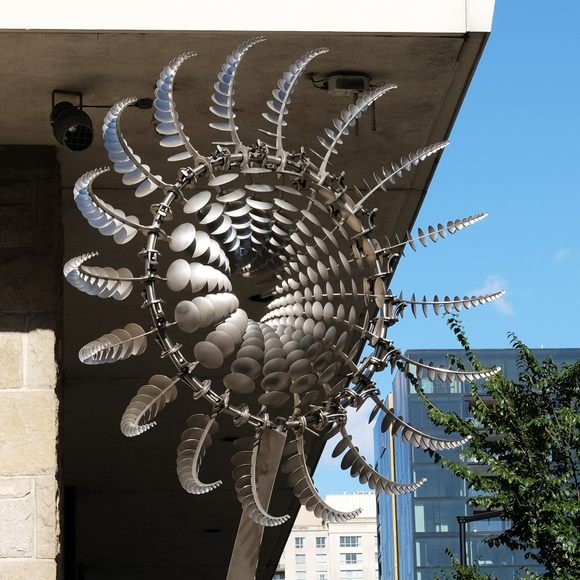

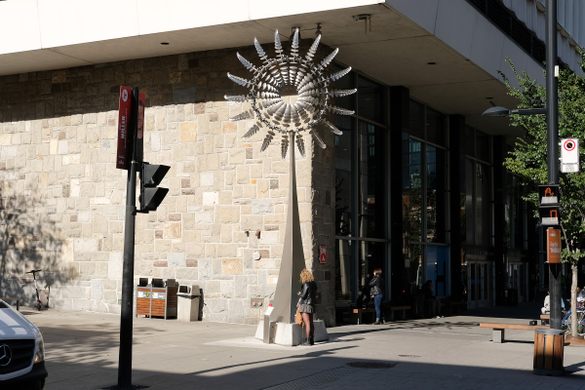

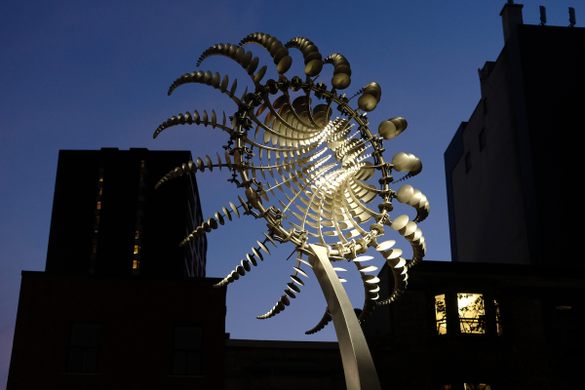
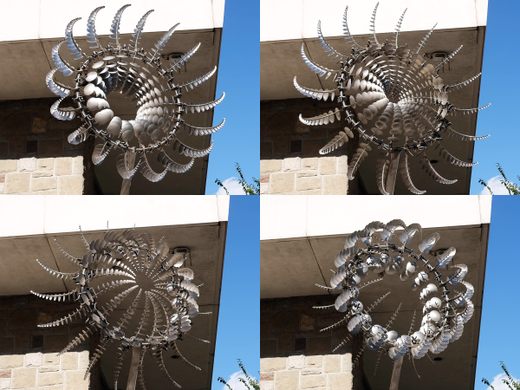





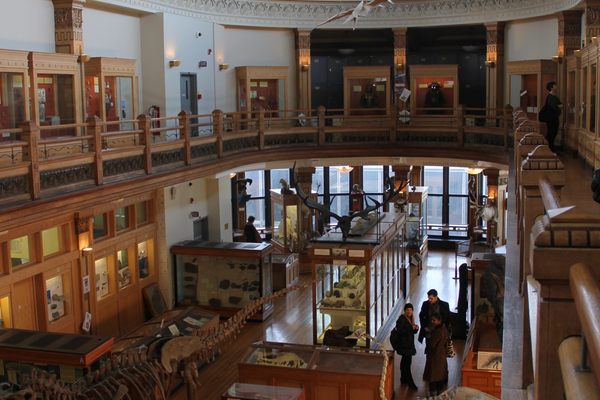
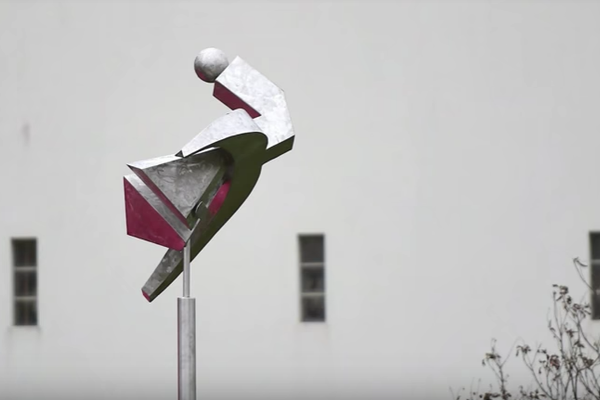




Follow us on Twitter to get the latest on the world's hidden wonders.
Like us on Facebook to get the latest on the world's hidden wonders.
Follow us on Twitter Like us on Facebook